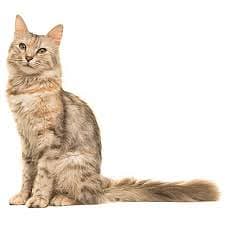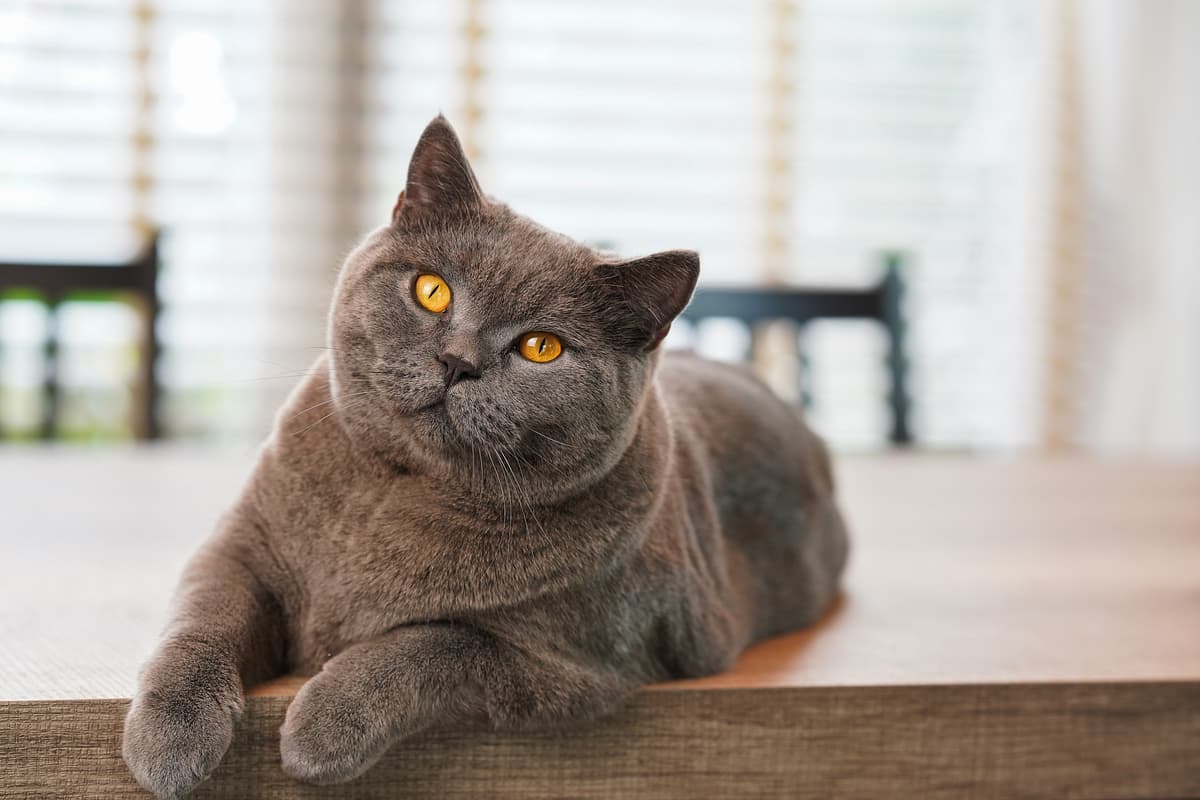Oriental Longhair vs British Shorthair
Discover the differences between Oriental Longhair and British Shorthair to make the best choice for your situation.
Try different breeds

Oriental Longhair
Elegant, social, and playful, this breed combines striking looks with affectionate companionship. Enjoys interactive play and thrives in households that appreciate an engaging feline friend.

British Shorthair
Round-faced, plush-coated, and calm, this breed charms with its affectionate yet independent nature. Adaptable and gentle, it thrives as a loving companion in any home.
Quick comparison
Medium
3.5–5 kg
Longhaired, silky
12–15 years
2.5–4.5 kg
High energy
Large
5–9 kg
Shorthaired, plush
12–17 years
4–7 kg
Low activity needs
Personality & behavior
Compare the personality traits and behavioral characteristics of both breeds.
Oriental Longhair
Enjoys company, often bonds closely with humans
Learns quickly, solves problems with ease
Very active, requires regular opportunities for exercise
Loves interactive games, seeks playful activities
Adjusts fairly well to new situations
British Shorthair
Calm and gentle with people and children
Learns routines and commands fairly quickly
Usually low-energy, prefers lounging to running
Enjoys toys but not overly active
Adjusts well to new environments and changes
Care needs
Exercise, grooming, and daily care requirements
Oriental Longhair
Progressive retinal atrophy, dental issues
British Shorthair
Hypertrophic cardiomyopathy, gingivitis
Suitability
How well each breed fits different living situations and families
Oriental Longhair
Good option
Their social nature suits attentive first-time owners willing to engage daily
Very adaptable
They thrive in apartments if given enough playtime and enrichment
Highly suitable
Their playful, energetic personality matches well with active lifestyles
Supervised only
They enjoy kids but need gentle handling and respectful interactions
Friendly companion
Usually gets along with other pets after proper introductions
Not recommended
They dislike being left alone and may develop separation anxiety
British Shorthair
Great choice
British Shorthairs are easygoing and forgiving, making them manageable for new cat owners.
Very suitable
Their calm nature and moderate activity level suit smaller living spaces well.
Not ideal
They prefer a calm environment and may be overwhelmed by constant activity.
Perfect fit
Their gentle and patient temperament makes them safe around young children.
Highly suitable
They usually get along with other pets due to their non-territorial attitude.
May get lonely
Extended solitude can lead to boredom or stress for this affectionate breed.
Breed strengths
What each breed excels at and their best qualities
Oriental Longhair
- Highly social and people-oriented
- Intelligent and easy to train
- Playful and energetic companion
- Low-shedding semi-long coat
- Generally robust health profile
British Shorthair
- Calm and easygoing temperament
- Tolerates children and other pets well
- Low grooming needs due to dense coat
- Adaptable to indoor living environments
- Generally robust and healthy breed
Challenges & considerations
Potential challenges and considerations for each breed
Oriental Longhair
- Prone to separation anxiety if left alone
- Needs frequent mental and physical stimulation
- Sensitive to cold temperatures
- May develop dental health issues
- Strong prey drive may affect smaller pets
British Shorthair
- Can be prone to obesity if overfed
- May dislike being carried or cuddled
- Needs mental stimulation to prevent boredom
- Can develop dental issues without care
- May be reserved with unfamiliar people
Ready to choose your perfect breed?
Learn more about each breed or compare other breeds to find the perfect match for your lifestyle.
Discover more helpful tools
Make use of our other free tools to get the most out of your pet experience
